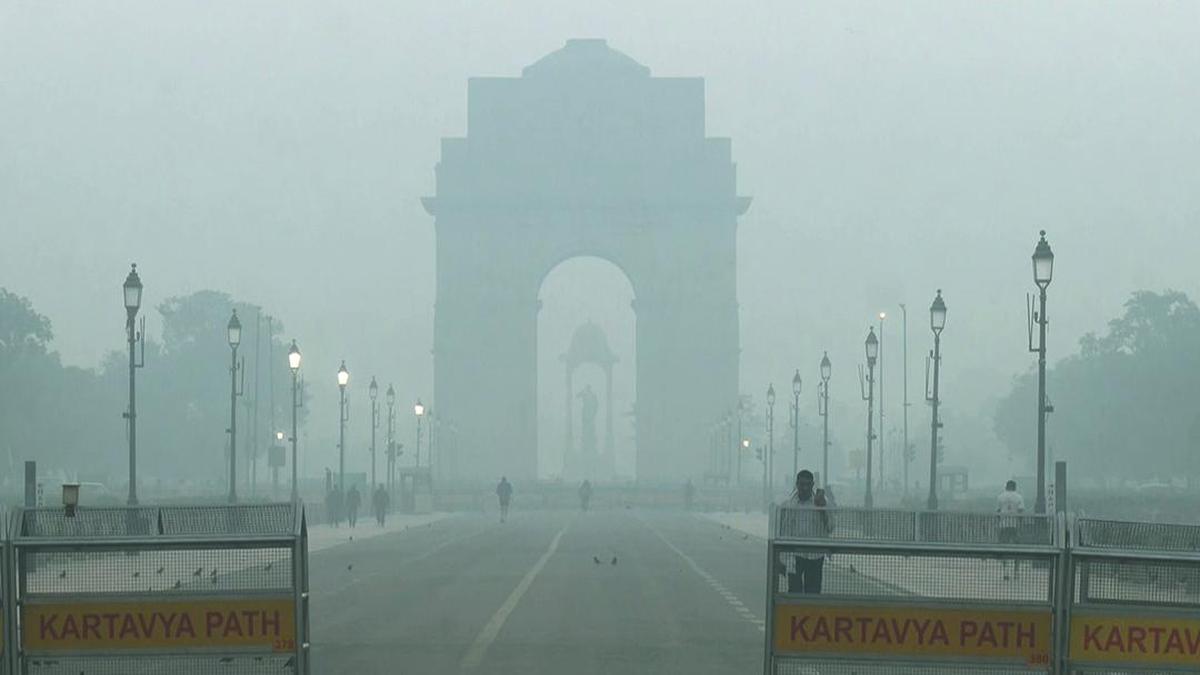Views
18
This year saw the completion of the 45th anniversary of the first ever ‘Chipko Movement’ (brought to the world’s attention by Google doodle). The Chipko Movement, first put to practice in 1973, was a watershed moment in Indian history for two reasons–first, the coming together of women to protect forest resources and second, a grassroots level movement that affected a policy level change by the upper echelons of the Indian government.
‘Chipko’ which literally translates to ‘to hug’ was a simple yet powerful act of defiance and activism displayed by the womenfolk of a small village in Uttar Pradesh in Northern India, where, as the story goes the UP government had allotted a section of forest land to a sports manufacturing company to carry out operations. The women of the community in united under the leadership of the NGO–DGSS (Dasoli Gram Swarajya Sangh) formed human chains around the trees to prevent them from being felled. The movement succeeded engendering such acts of eco-activism that have now become synonymous with the term ‘Chipko Movement’!
Another important often overlooked aspect of development that this movement brings to light is the fact that rural women are champions of the forest as they depend on trees to feed their families and run their homes. They forge a close relationship with the natural resources such as water bodies, the land, trees, plants, and animals and ensure sustainable use of such resources because they understand the importance of these resources in their day to day subsistence. Employing women to create movements such as ‘Chipko’, and to meaningfully and gainfully utilize the forests and natural resources are probably the best thing policymakers can do to save our forests and empower rural women!
Subscribe to our newsletter and recieve a selection of our cool articles every week.

When Mumbai’s Morning Haze No Longer Feels Like Home
Mumbai Weather Update: AQI Turns Severe as Thick Haze Persists, Free Press Journal (FPJ).
Nov 24, 2025

Delhi Is Gasping Again, And This Time, Even the Clouds Refused to Help
Delhi is choking again. AQI levels have slipped into the ‘severe’ zone, cloud seeding failed, and emergency measures barely make a dent. Because the city doesn’t need one-off fixes, it needs long-term healing. Trees remain the simplest, most effective answer. They absorb carbon, trap dust, cool the air, and act as natural lungs. If Delhi wants cleaner winters, it needs more green cover, not just temporary interventions. Clouds may not cooperate, but trees always will.
Nov 17, 2025
Copyrights @ 2025 All rights reserved by Pangea EcoNetAssets Pvt Ltd.